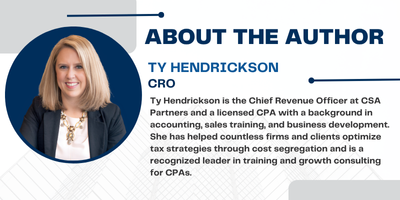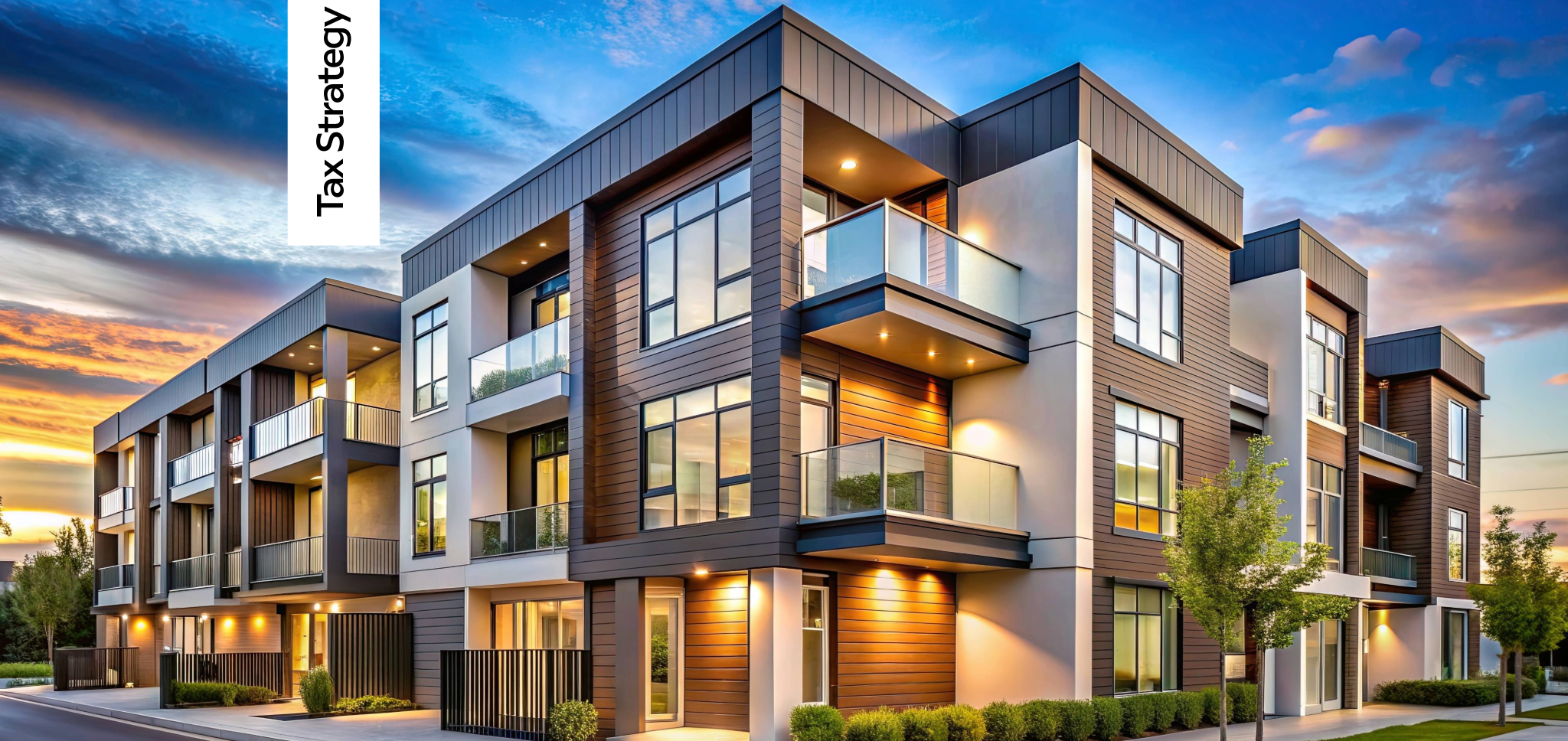Multifamily real estate has long been seen as a stable investment, but in 2024 and beyond, stability isn’t guaranteed. High interest rates, softening rents, and maturing debt are pressuring margins and reshaping the playbook for owners, syndicators, and developers alike.
Cost segregation offers a tax strategy that helps counterbalance these pressures by accelerating depreciation, increasing after-tax cash flow, and preserving investor returns, especially critical in a market where every dollar matters.

Today’s Multifamily Landscape: Economic Pressure & Investor Demand
Across the U.S., multifamily operators are confronting:
-
- Cap rate expansion from 2022 lows, reducing asset valuations
-
- Financing challenges, particularly for those with floating-rate or maturing bridge loans
-
- Inflationary construction costs, making value-add and new development riskier
-
- Increased investor scrutiny around cash-on-cash returns and hold strategy
With transaction volumes down and fewer exits available, owners are seeking creative ways to shore up operations and enhance internal performance, cost segregation is one of the most overlooked tools in doing exactly that.

Strategic Application Across the Multifamily Ownership Lifecycle
Let’s break down how cost segregation supports owners at each major stage of a multifamily asset’s lifecycle:

1. Acquisition: Front-Load Deductions to Maximize Early Returns
When acquiring an existing property, buyers typically depreciate the entire structure over 27.5 years. However, a cost segregation study can identify and reallocate 20–35% of the purchase price to shorter-lived assets, which qualify for 5-, 7-, or 15-year depreciation treatment.
Typical short-life assets in multifamily:
-
- Appliances, carpeting, cabinetry
-
- Site improvements (landscaping, sidewalks, signage)
-
- Parking lots, lighting, security systems
-
- Window treatments, ceiling fans, decorative millwork
Benefits:
-
- Immediate tax savings in year 1, especially with bonus depreciation still at 60% in 2024
-
- Increased after-tax cash flow to support distributions or debt service
-
- Strategic timing to offset capital gains or passive income from other assets
Example:
An investor acquires a $12M multifamily complex with $2M allocated to land. A cost segregation study identifies $2.8M in assets eligible for accelerated depreciation. With 60% bonus depreciation, the investor deducts $1.68M in year 1, substantially reducing tax liability.

2. New Construction: Use Depreciation to Boost IRR and Protect Equity
For developers building ground-up multifamily, a cost segregation study should be part of the final accounting process. These projects naturally include high volumes of eligible components that can be depreciated over shorter lives.
Common qualifying assets in new builds:
-
- Site development and paving
-
- Pools, fences, retaining walls
-
- Amenity spaces, cabanas, outdoor kitchens
-
- Interior fit-outs with decorative finishes
Why this matters:
-
- Enhances the project’s IRR by pulling tax savings forward
-
- Reduces equity burden in early stabilization years
-
- Supports investor distributions during lease-up, especially if the asset isn’t sold immediately

3. Renovation & Repositioning: Don’t Let Capex Sit on a 27.5-Year Shelf
Value-add multifamily strategies often involve millions in renovations, from unit upgrades to amenity overhauls. Most owners capitalize these improvements and default to 27.5-year depreciation, but a cost segregation study can reclassify many of those assets into shorter lives.
Examples of qualifying renovation assets:
-
- Kitchen and bathroom remodels
-
- HVAC or lighting upgrades
-
- Roof replacement (components only)
-
- Clubhouse modernization and leasing office enhancements
Case Scenario:
A sponsor completes $1.5M in renovations across a 200-unit property. Cost segregation reallocates $900k to 5- and 15-year property, producing ~$540k in first-year deductions with bonus depreciation. This shields income during the lease-up and supports refinanced cash-out equity.

4. Refinance, Recap, or Hold: Managing Recapture and Strategic Planning
In a high-rate environment, many multifamily owners are extending hold periods. For those approaching refinance or recapitalization, cost segregation can also play a role in strategic planning, even several years post-acquisition.
Key considerations:
-
- Understand your remaining depreciation schedules to time future improvements or study updates
-
- Use updated studies to prepare for capital events (e.g., LP buyouts, partial sales)
-
- Plan for recapture tax at exit: §1245 property is taxed at ordinary rates, but with proper timing and loss planning, impact can be minimized

Bonus Depreciation Update: Still a Critical Lever
While 100% bonus depreciation expired after 2022, it remains a powerful tool:
-
- 2024: 60%
-
- 2025: 40%
-
- 2026: 20%
-
- 2027: 0% (unless extended or reinstated)
Owners still benefit from partial bonus depreciation and full acceleration of eligible assets regardless. Studies done today can still produce hundreds of thousands to millions in first-year deductions, depending on the asset size and timing.

Common Myths to Clear Up
-
- “Cost segregation is only for new properties” – False. Studies can be done retroactively on properties acquired in previous years, even several years back.
-
- “Recapture wipes out the benefit” – Also false. With proper planning, the time value of money, ability to offset other passive gains, and lower tax rates on §1245 property make the strategy worthwhile even on shorter holds.
-
- “It’s too complex to bother with” – Not when you work with a provider who specializes in multifamily. The ROI speaks for itself.

Final Takeaway
Multifamily owners are under pressure, but pressure creates opportunity. Cost segregation isn’t just a tax strategy, it’s a cash flow tool, a portfolio performance enhancer, and a differentiator in a market where margins are thin and every return matters.

















